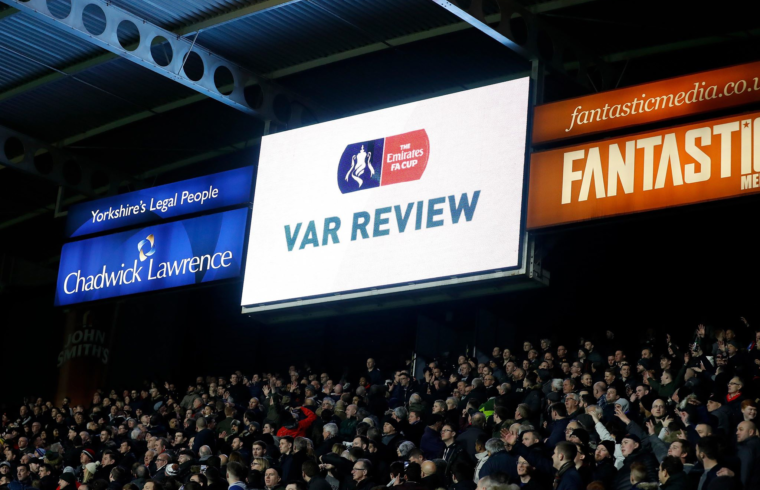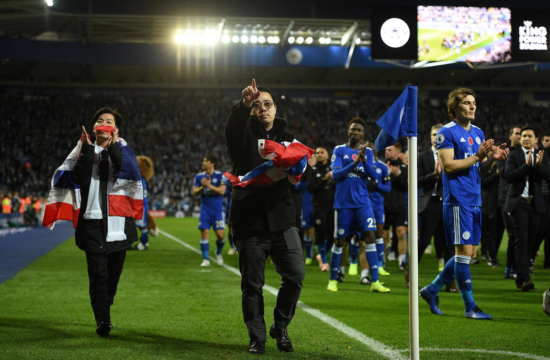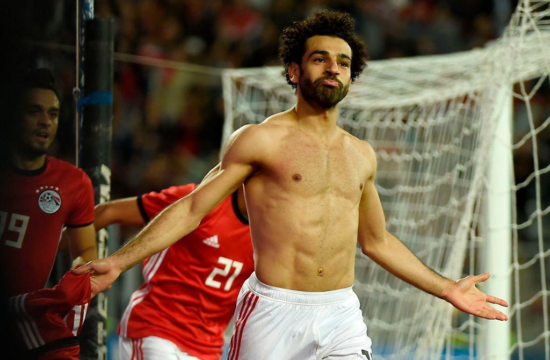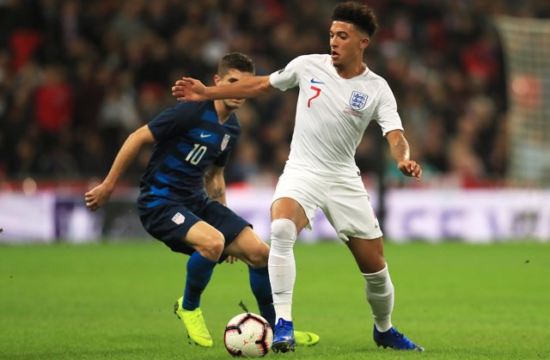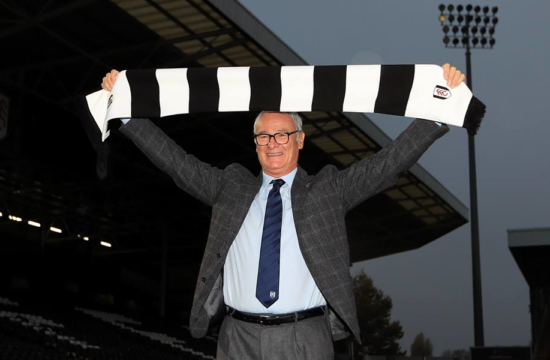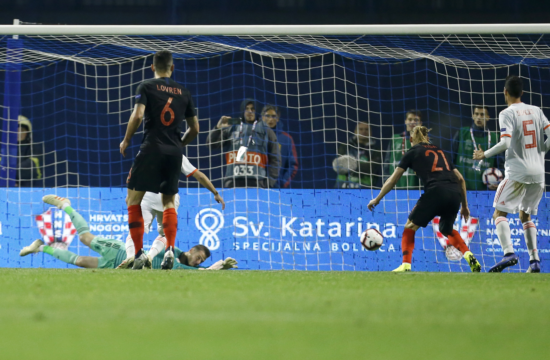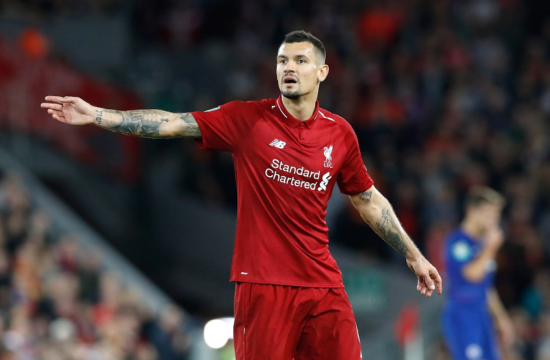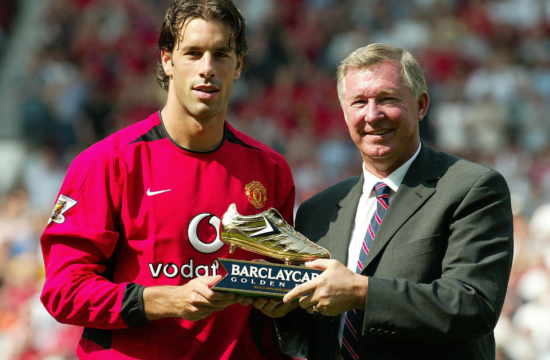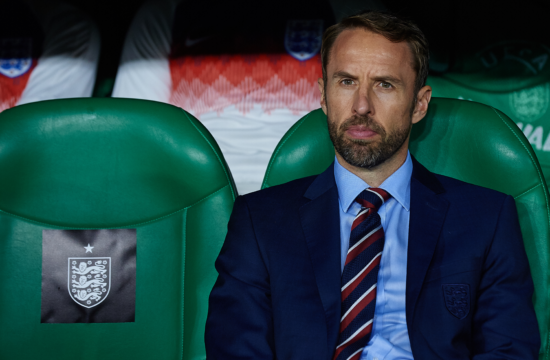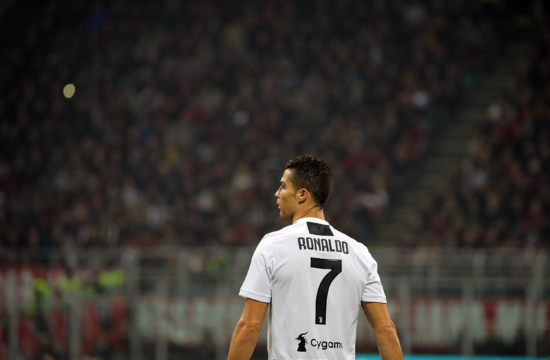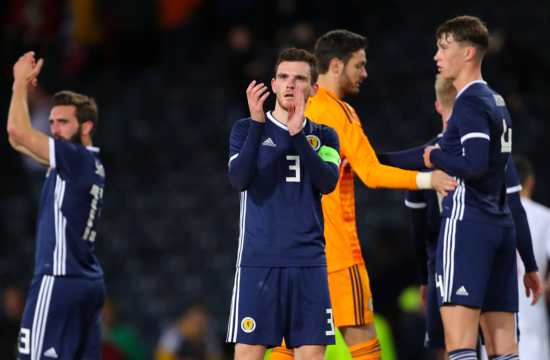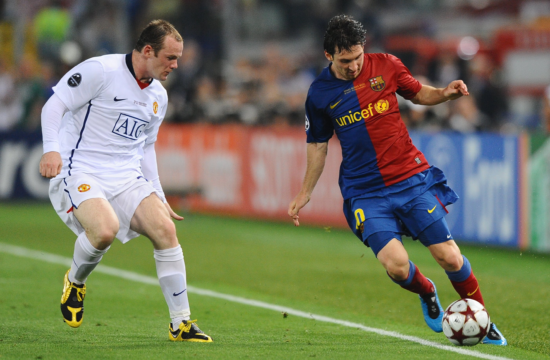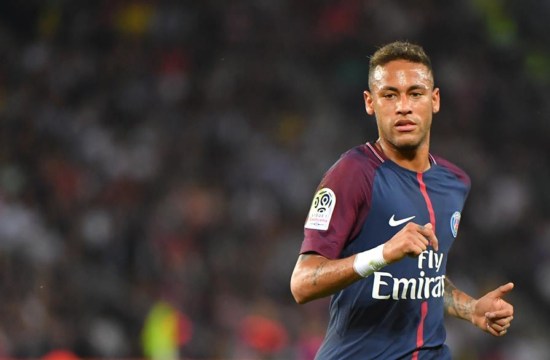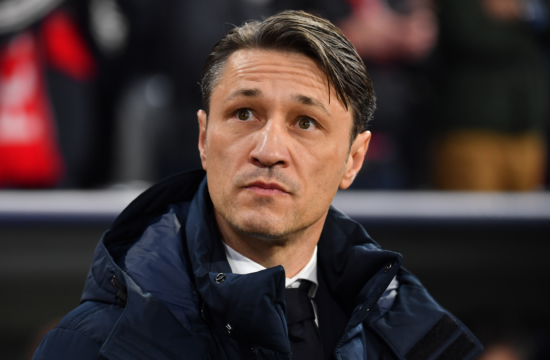A 90-second insight into how a referee reviews a V.A.R decision might just change your opinion on the controversial debate as to whether officials should use the technology.
The Video Assistant Referee is supposed to liaise with the on-pitch referee to relay information on calls but the problems remain, why does it take so long and is the system really ‘that’ accurate<span class=”redactor-invisible-space” “=””>?
In my personal opinion, this summer’s World Cup gave us a positive flavour of what this process can bring to the game, but Premier League clubs voted against V.A.R being introduced in time for the 2018/19 season until now.
It does feels like whenever an error is made by a referee of late, the topic of V.A.R resurfaces.

VAR in action. Image: PA Images
If you’re a sceptic of this technology – or have criticised officials in recent months – then the following footage from Manchester United’s FA Cup final defeat to Chelsea might just change your opinion.
NBCSN recently broadcast a fascinating clip of what happened before, during and after Phil Jones brought down Eden Hazard in the area.
It just highlights how difficult the job of a referee is, and how positive an impact V.A.R has on an incident like this.
Last season, a number of countries embraced V.A.R, or at least decided to give it a go before the World Cup.
Italy made use of the technology and according to Calciomercato, referee mistakes were reduced by 85% because of the Video Assistant Referee, with 117 decisions being changed because of the process.
It certainly made a positive impact on those leagues, so why not the Premier League next season?
Premier League has since announced the introduction of VAR for next season.
Is it a good decision?
Let us know in the comments.
Hits: 378
